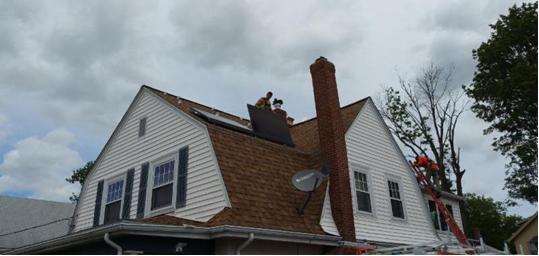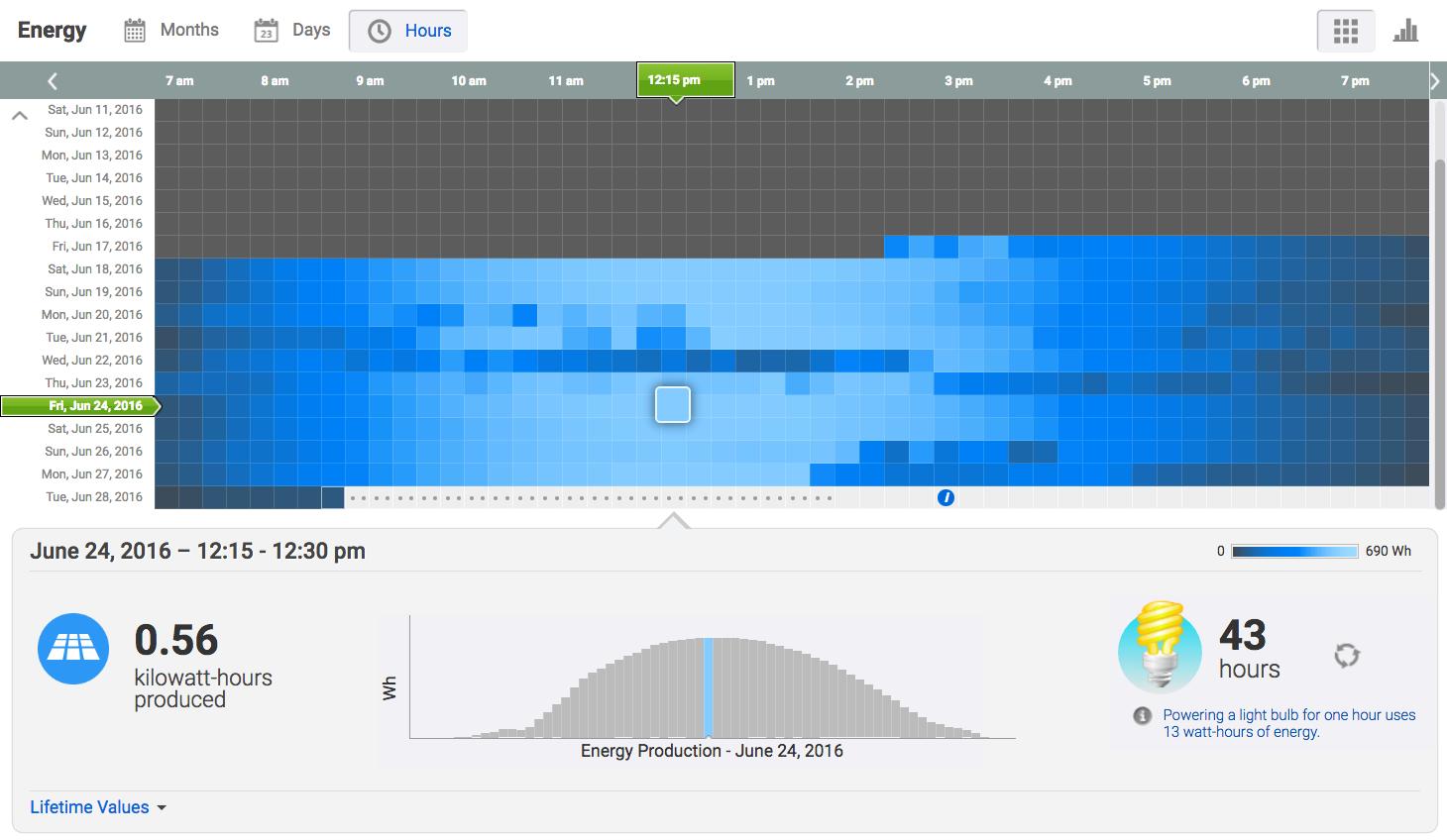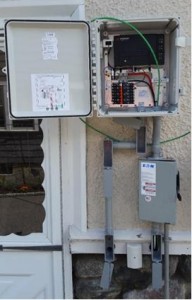Mount Auburn’s IT Director Goes Solar

As an electronics hobbyist and an engineer, I have been interested in alternative energy since it began to get press attention during the Carter administration (1977 – 1981) and what was called “the oil crisis”. Solar radiation is a “free” source of power and potentially much less polluting than fossil fuels, but there have been drawbacks to installing a system in the past. Early systems were very expensive, and many were designed to operate at a low voltage with direct current (DC) rather than our familiar 120V alternating current (AC) system.
Since the 1980’s a number of improvements have been made, which make these systems more practical. Power inverters that convert the solar output to AC have become much less expensive. Power companies have allowed these systems to be connected to the grid, rather than being off-grid and the systems no longer require a battery to store power. Tax benefits have made solar systems very popular. Additionally, the larger quantity of solar panels being manufactured and sold has reduced the cost to purchase solar panels and components.
Even though I have been interested for a long time, the municipal power company in my town has been resistant to connecting these systems to the grid. There is a vocal group of residents who wanted to install solar systems. The residents group and the town came to an agreement to pay a somewhat lower rate to the home solar power generator than the rate which the town charges for energy, this differential helps cover the cost of the municipal electric “grid”.
The residents set about creating a discounted solar power program. The group called it “Belmont Goes Solar” and interviewed several companies looking for the best combination of quality and long term viability, and a group discount. Belmont Goes Solar started with an initial target of 100 homes to secure the discount, and has now reached 175 homes and set a new target of 200 by the end of June, 2016.
It is because of this program that we installed our system. Volunteers held several meetings around town to explain the program, the technology and its financial aspects. I was pleased to see that these systems now pay for themselves within about five years, whereas in 2000 the payback was over 20 years. The group discount was another incentive, and the fact that the vendor had already been vetted removed another barrier for us.
We use about 6,200 kWh per year, which is on the low side for a single family home. We opted for a small system with 10 panels. The annual output of the system is 3,200 kWh. Belmont charges 0.19 per kWh. So we will generate about $602 worth of electricity per year and reduce our power bill to about $560 per year. The system will pay for itself in about five years.
Of course the details are much more complicated. The actual numbers vary because the power company will pay us 11 cents per kWh we generate, rather than 19 cents they charge us. What we pay will depend on whether our consumption exceeds our generating capacity. There is also a subsidy program called SRECs (renewable energy credits) that are available now, but whether the program continues is an ongoing political story. Also the federal tax rebate for installing these systems may be eliminated in future years.
Our system was installed in early June, and the inspection was completed by the town engineer on June 17. The system is now switched on. Needless to say, I am very excited!

Logging into a website allows homeowners to see how much energy is being generated by their panels. Every 15 minutes this chart us updated.
Currently Mount Auburn has solar panels that heat hot water on the Preservation Services Building. But Mount Auburn also has several roofs that are suitable for electricity generating solar panels including the Operations Center and the garages. Mount Auburn’s Green team is sponsoring the formation of new Sustainability Working Groups of staff and volunteers to research projects and proposals like solar panels that will provide opportunities to expand Mount Auburn’s commitment to sustainability.

Leave a Reply